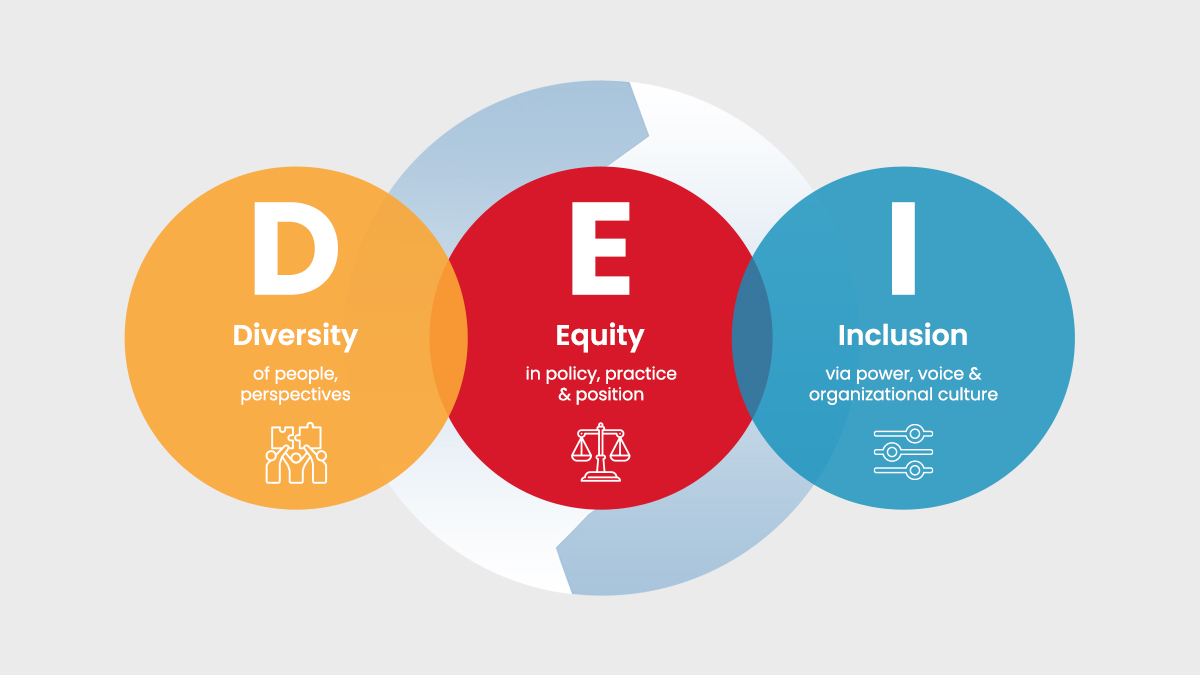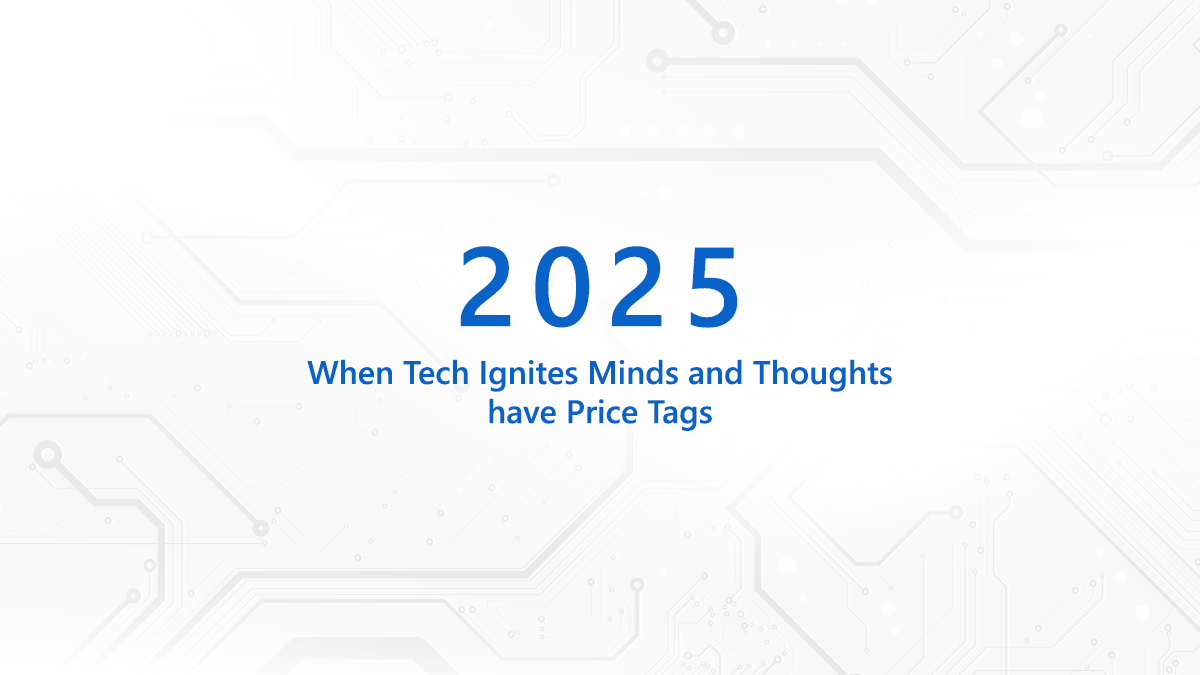
Education is the launchpad that can rocket a student’s career and aspiration, zooming her into a fulfilling destination. But not every student with a dream in the mind and gleam in the eye can self-propel herself. For the socially and economically challenged, scholarships act like the financial backbone to support a robust education frame. We know how education costs have gone through the roof. But no student with wit and merit should be denied access to quality education. Hence, scholarships are intertwined with education. Having said that we have a diverse education landscape with students pouring in from all regions. Thus, for a scholarship system to deliver better, we need an inclusive platform- one that connects seamlessly all stakeholders- students, educational institutions and government as well as non-government fund providers.
Managing the knotty scholarship matrix
The United Nations in its Sustainable Development Goals (SDGs) 4.b has underscored the need for expanding the number of global scholarships available to developing countries, least developed countries, small island states and African countries. Today, you have governments and international organizations like UN announcing a bevy of scholarships.
Also, the scholarship beneficiary universe is vast and varied- we have scholarships across categories like merit, merit-cum-poverty, marginalized communities, minority communities, children of construction workers, wards of police personnel martyred in terror attacks- the list goes on. Nations or states within nations commit a significant portion of their Budget to meet scholarship expenses. For instance, the Government of India has an outlay of over Rs 6000 crore on scholarships each year for the benefit of over 8.5 million.
Given the spread and beneficiary reach, the process of managing and disbursing scholarships is beset with challenges. And, to think of different government departments working in silos to administer them separately! True, each department can build a digitized platform. But many portals working in isolation can brew attendant problems- deserving students not getting awards, multiple communication channels in different portals, no real-time access to information by both applicants and the administration and lack of end-to-end scholarship disbursement. More worryingly, when you don’t have an integrated portal, unique id generation for a student is not ensured. And, the lack of a unique id can result in multiple scholarships awarded to the same student. So, seeking a solution only in half-baked digitalization won’t help much.
How inclusive GovTech is a game-changer
The switch to a truly seamless, integrated and inclusive solution for awarding scholarships has to be government-led. Adopting ‘digital oneness’ is the remedy for systemic problems. A one-stop portal that integrates all scholarship schemes and creates a win-win model. In any federal set up, states would still need their exclusive portals despite the presence of a national scholarship portal. This is because states with their dedicated portals can cover more beneficiaries, design schemes for new identified scholarship beneficiaries, allocate higher budget and track fund disbursements real-time, root out any chance of fund diversion through digital transparency and ensure only the most deserving get awards without duplication. Such systems can be more result-driven if they have multiple integration points- Aadhaar for unique student id generation, Digilocker for document validation, Public Finance Management System (PFMS) which tracks funds disbursed in social sector programs and DBT (Direct Benefit Transfer) for tracking disbursed amount data.
The future rests on a consummate GovTech solution strengthened by niche technologies. Artificial Intelligence (AI) can be tapped for data analytics and fraud detection to filter ineligible beneficiaries. Robots can also be deployed to substitute human function in processing a huge volume of scholarship applications, thus saving time and overcoming errors. A mix of technology and temperament promises an aura of transparency in scholarship administration- one that delights the beneficiary and the benefactor alike.
The author is Priyadarshi Nanu Pany, founder & CEO of CSM Technologies. This article was originally published on his LinkedIn profile: https://www.linkedin.com/pulse/redesigning-scholarship-systems-better-outcomes-priyadarshi-nanu-pany/


























































We will verify and publish your comment soon.